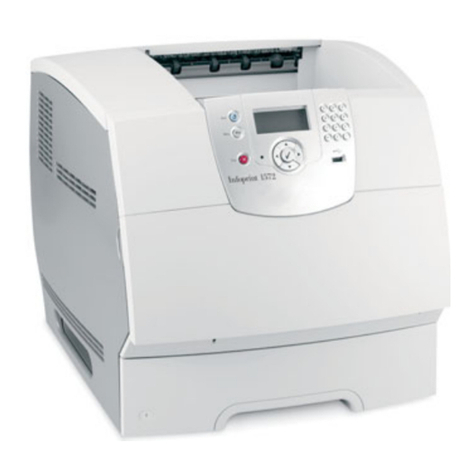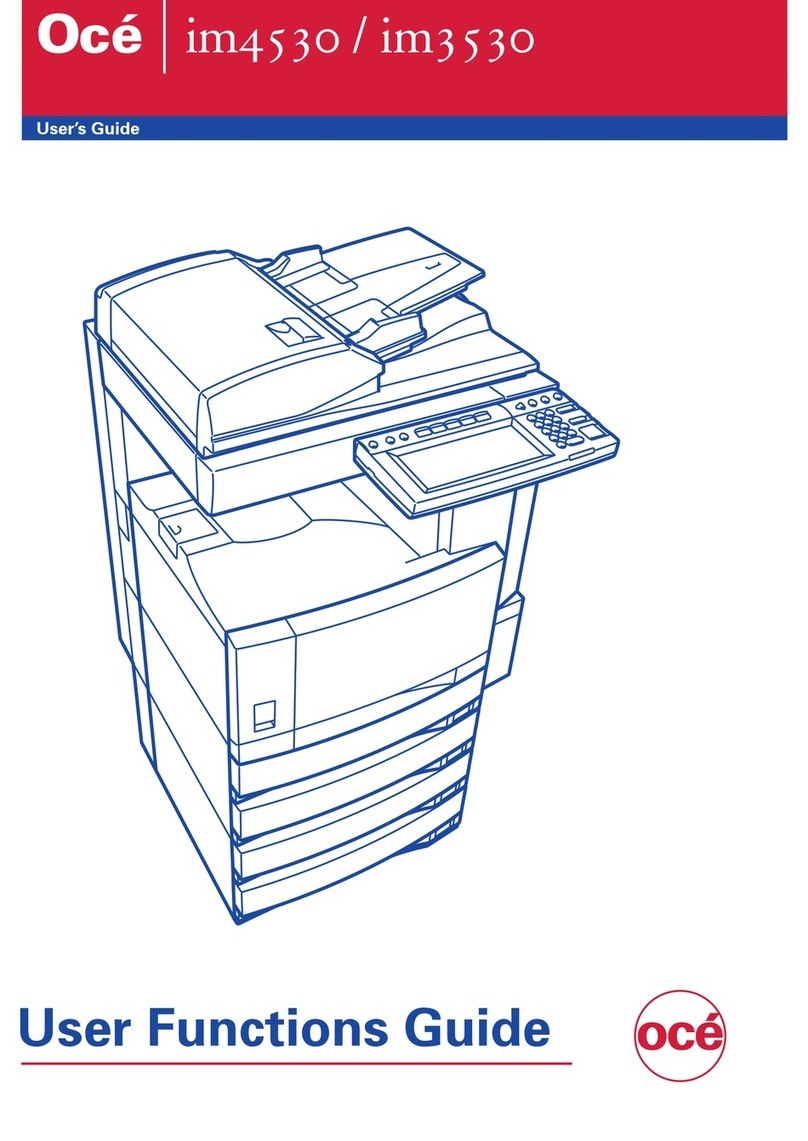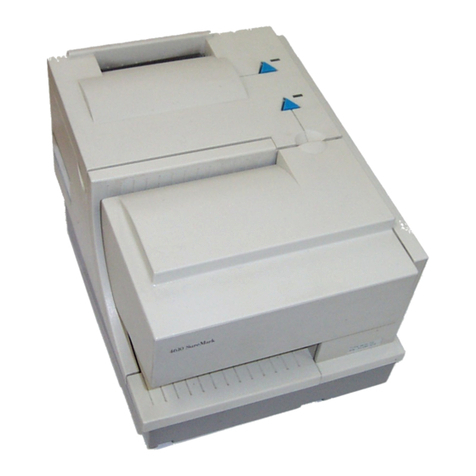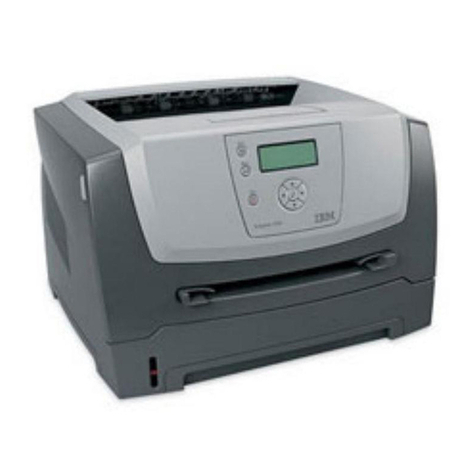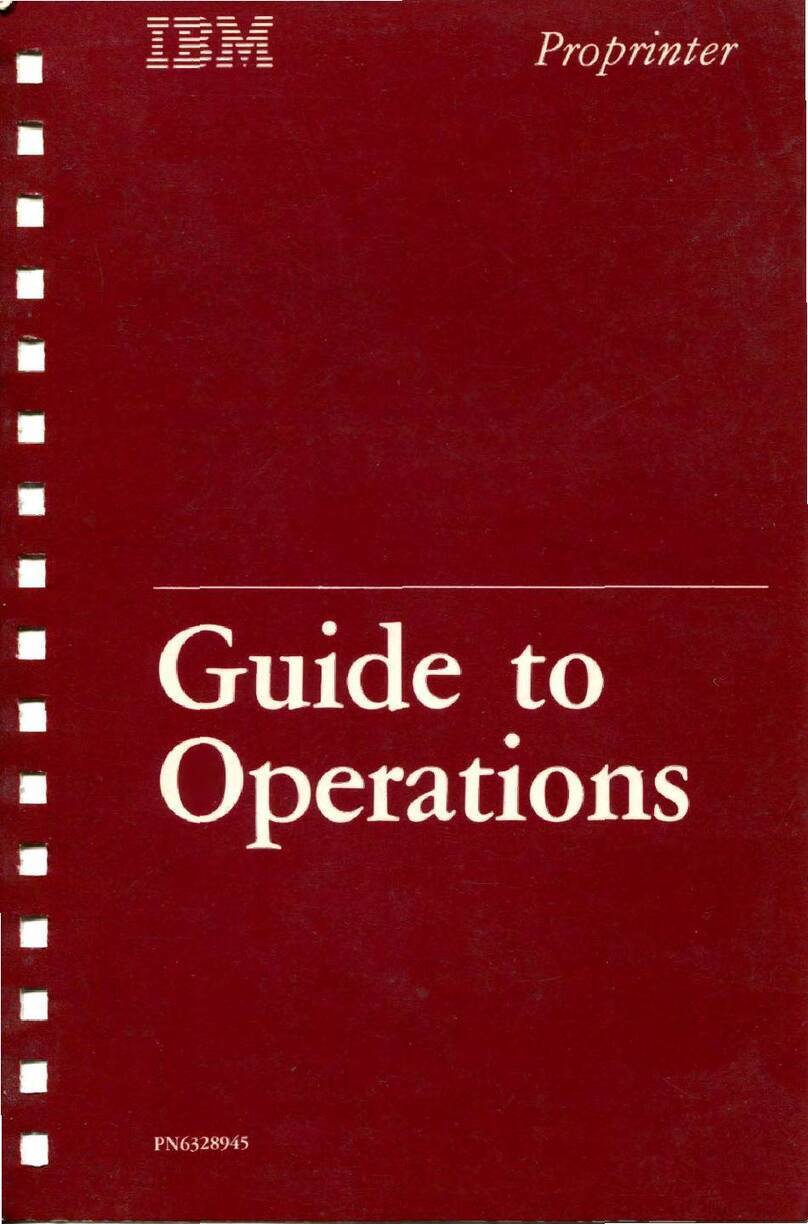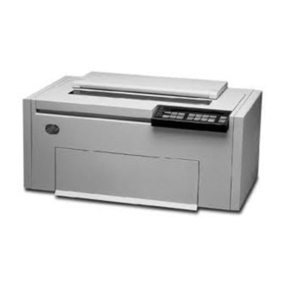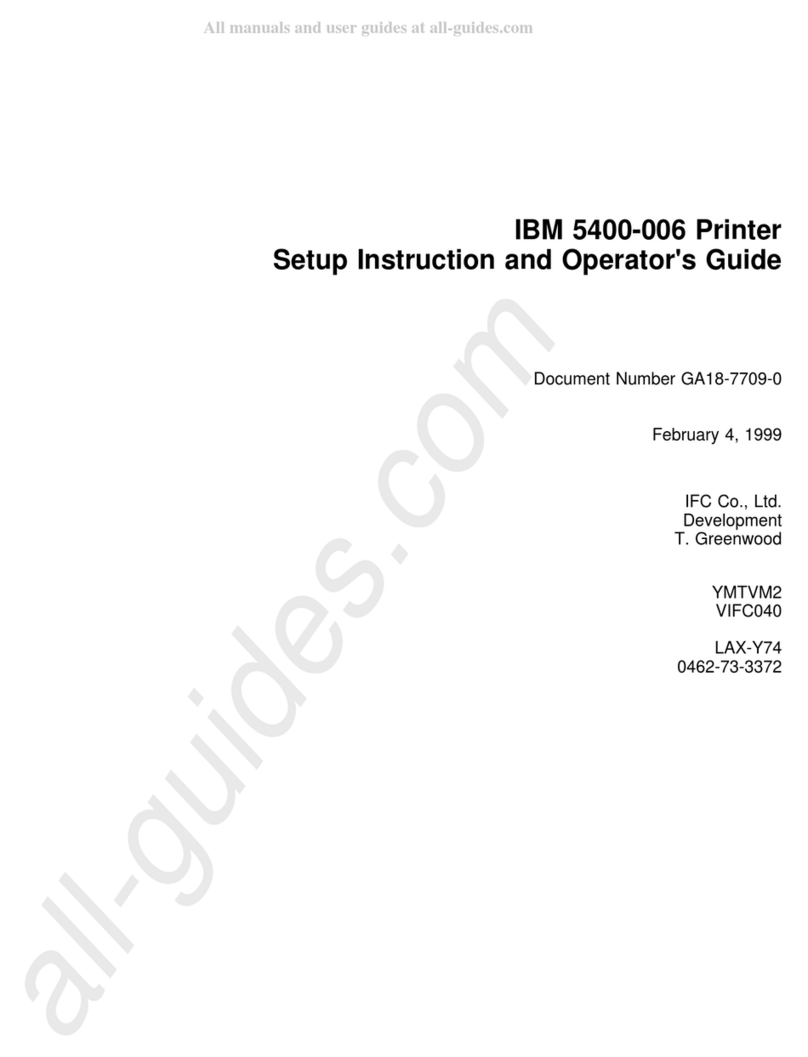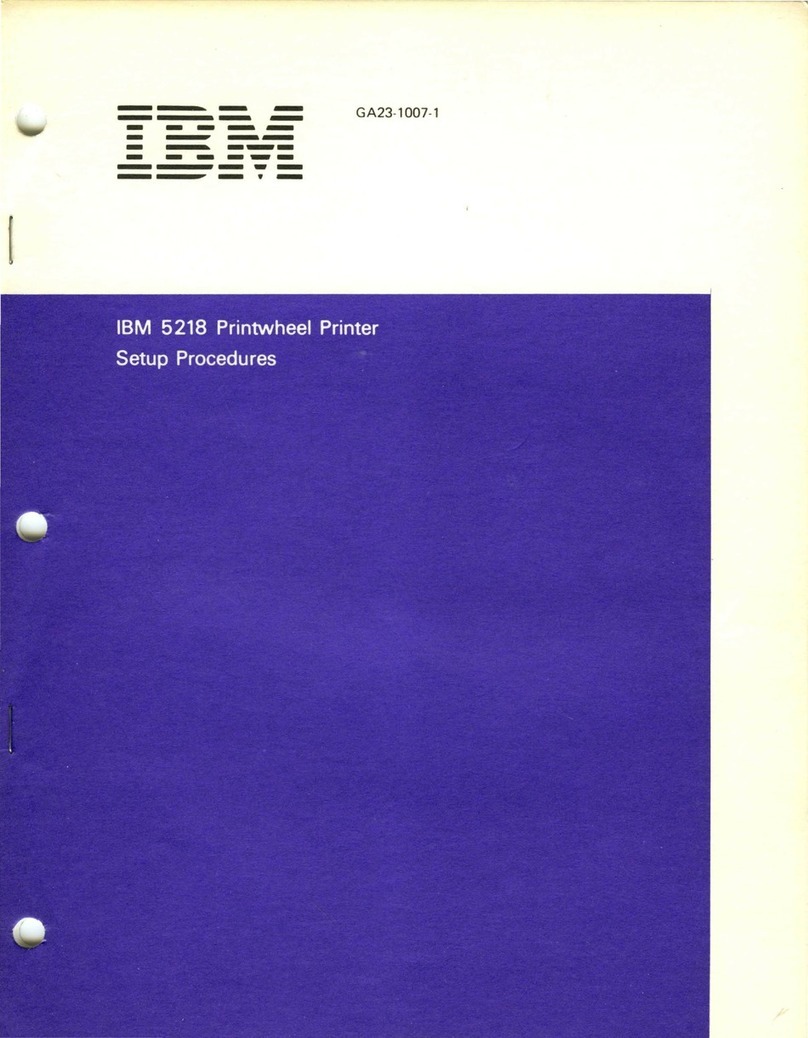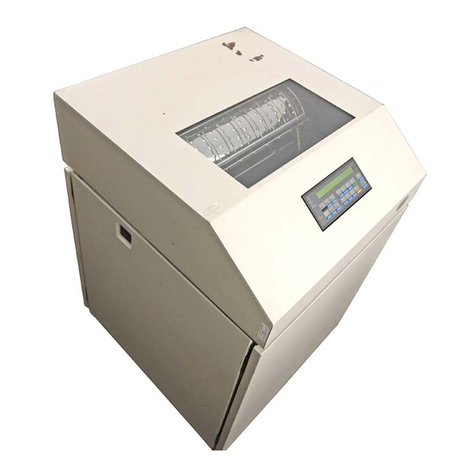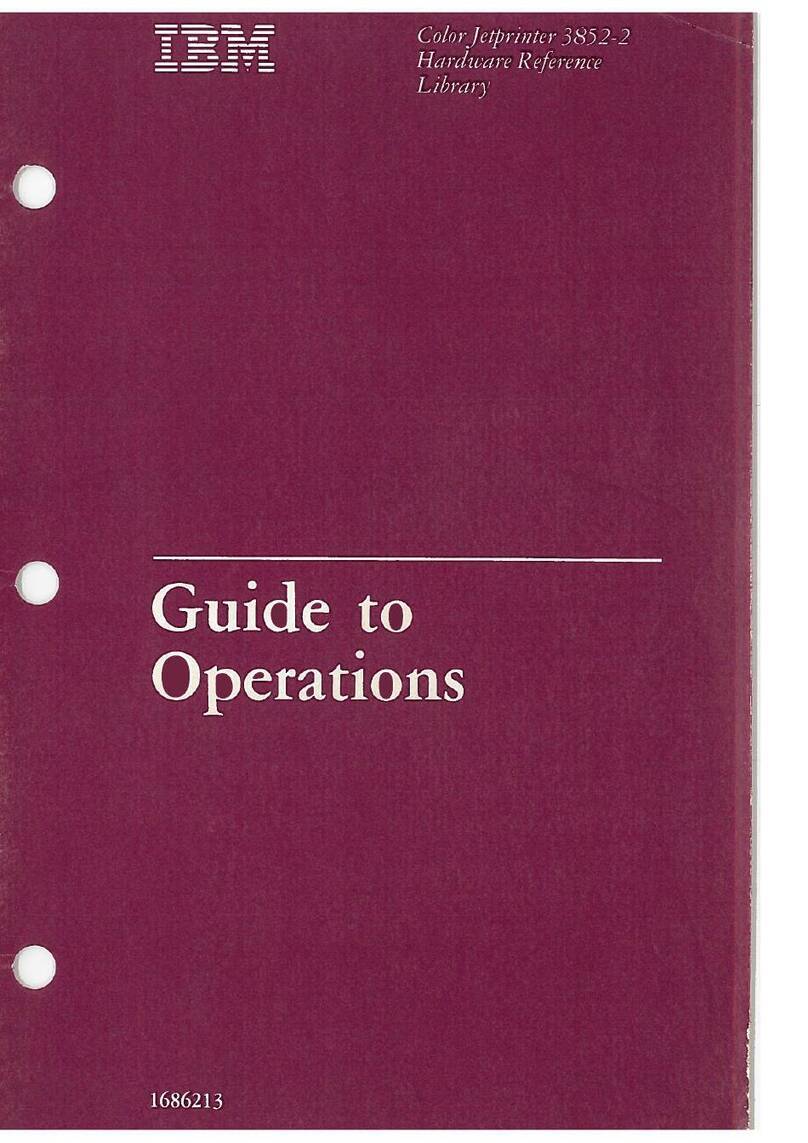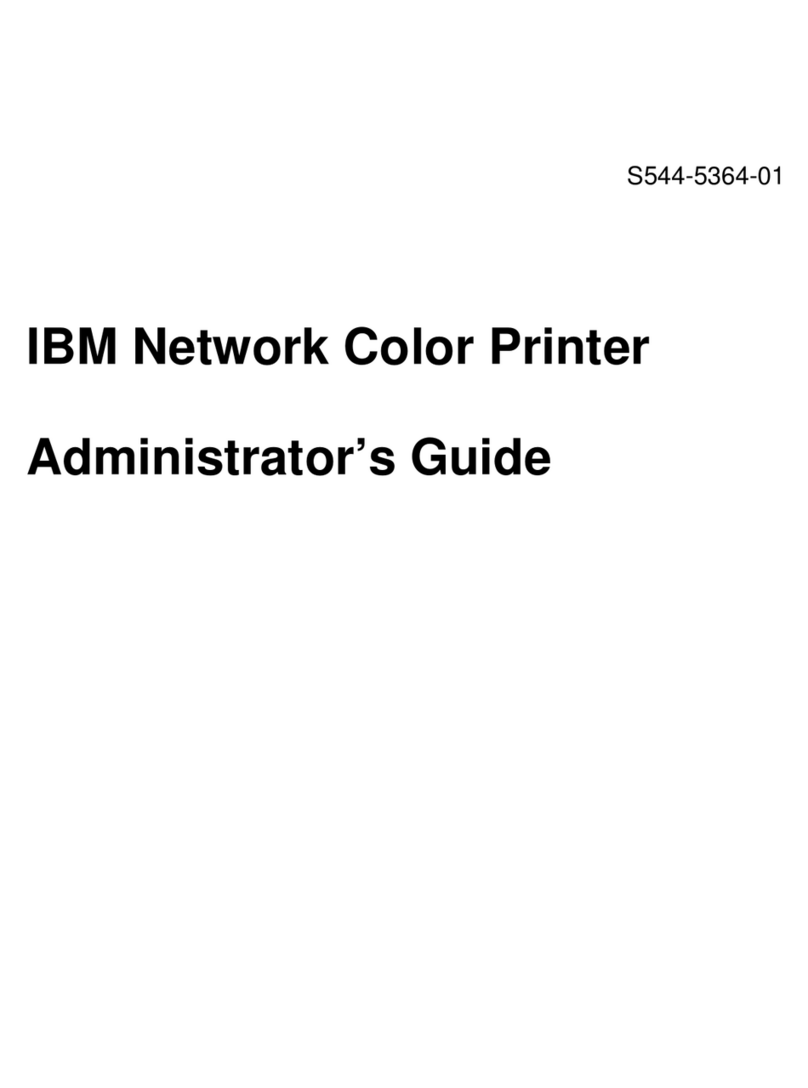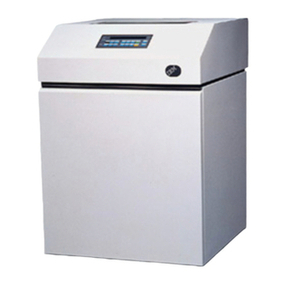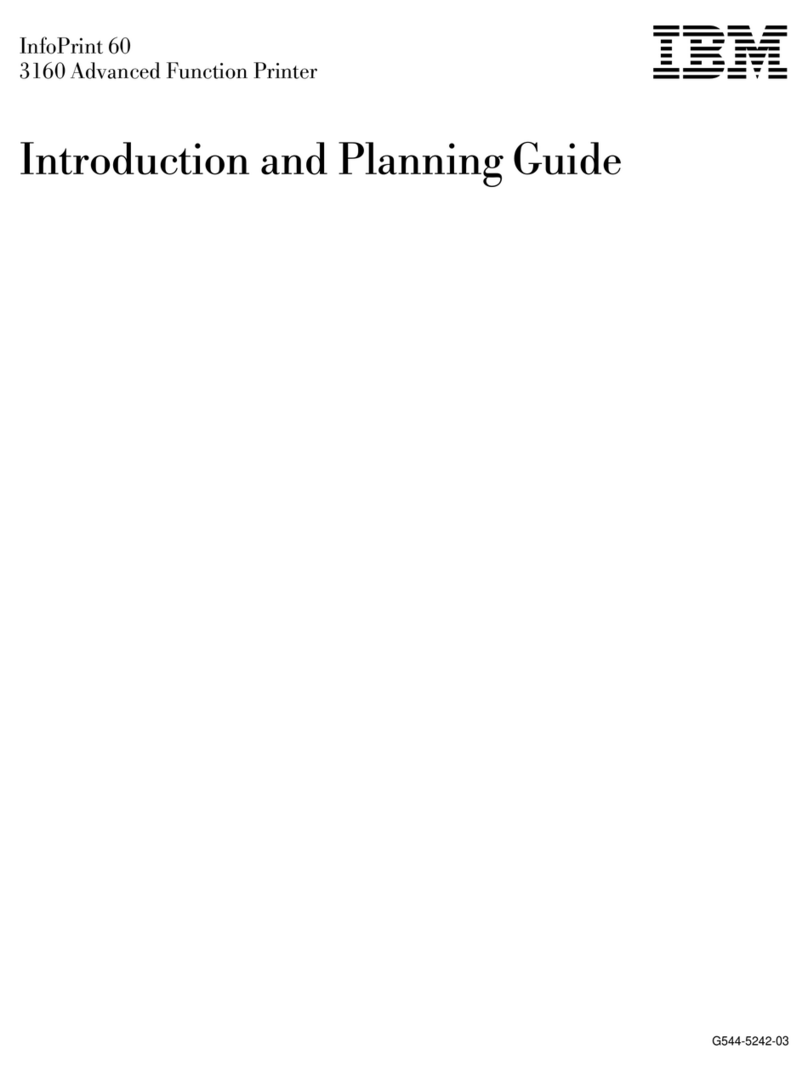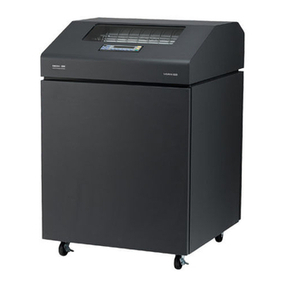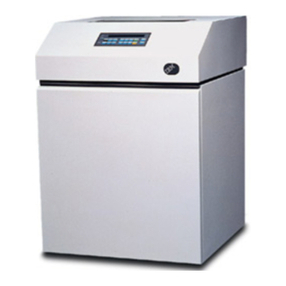
Contents
IBM 1403 Printer Models 1, 2,
3,
4,
5, and 6
........
5
Introduction ............................................................................ 5
Safety ...................................................................................... 5
Preventive Maintenance ........................................................ 5
Installation Procedure ............................................................ 5
Service Procedures ............................................................ 10
Cover Removal........................................................................ 10
Manual Controls: Adjustment ..............................................
11
Forms Positioning .................................................................. 15
Base Adjustments and Removals ............................................ 21
Chain Cartridge ......
~....................
........................................... 30
Hammer-Unit Assembly .......................................................... 37
Ribbon Unit ............................................................................
41
Tape-Controlled Hydraulic Carriage........................... 51
Hydraulic Unit ........................................................................ 51
Carriage Adjustments ............................................................ 57
Carriage Adjustment with
the
Tachometer-
Generator ............................................................................ 63
Single Shots .............................................
,.
............................. 65
Static Adjustment of the Carriage-Tape Brushes
..
.............. 70
Dynamic Adjustment of
the
Carriage Tape Brushes ............
71
Information Peculiar
to
the IBM 1403 Model 3 72
Service Procedures .................................................................. 72
Manual Controls -Adjustment ............................................ 72
Base Adjustments and Removals ............................................ 72
Train Motor Drive-Gear Adjustment .................................... 74
IBM
1416 Train Cartridge ...................................................... 75
Train Lubricator .................................................................... 81
Hammer-Unit Assembly ........................................................ .81
Ribbon Unit ............................................................................ 87
Print Quality Adjustments .................................................... 89
Impression Control Bar Adjustment .................................... 91
Timing Disk Transducer Adjustments ................................ 91
PCS Transducer Adjustment .................................................. 94
Print-Quality
Concepts
.................................................... 95
Printing Characteristics Defined ............................................ 95
Print-Quality Measuring Devices ........................................ 95
Printer Checks and Adjustments to Meet
Optical-Reader Requirements ............................................ 98
Specific Print Problems and Their Cure .............................. 98
Locations
and Voltage Specifications .................... 102
Appendix ,........................................................................... 103
Oscilloscope Waveform Charts .:.......................................... 103
Print Troubleshooting Reference Chart ............................ 104
Index .................................................................................... 105
